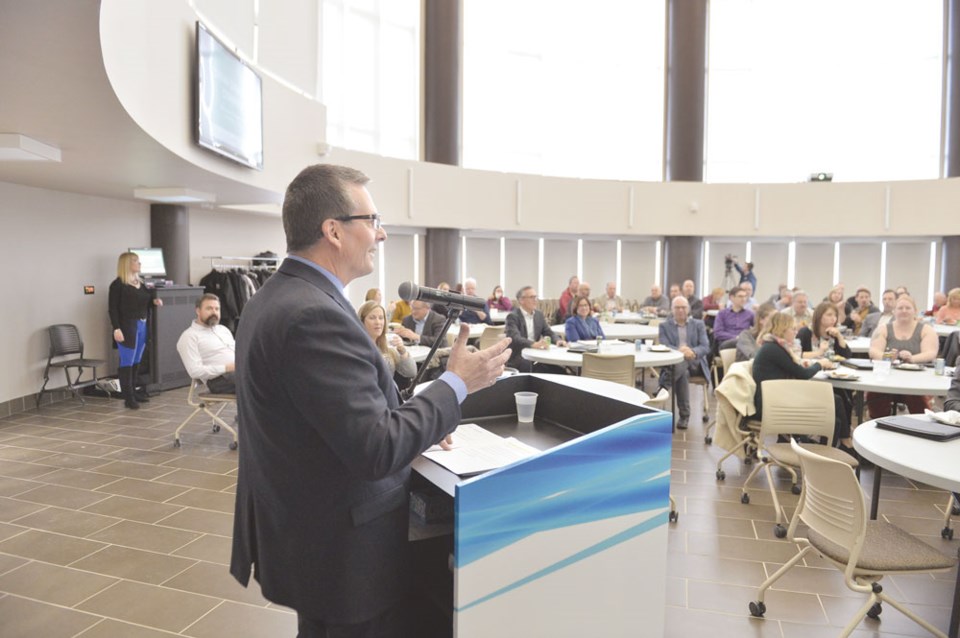Not only are Units 4 and 5 at the Boundary Dam Power Station slated to come offline, possibly as soon as the end of next year, but Unit 6 also has an uncertain future.
After a presentation hosted by the Estevan Chamber of Commerce last week, Lifestyles asked if there was any hope to see carbon capture and storage (CCS) on Boundary Dam Units 4 and 5. SaskPower president and CEO Mike Marsh replied, “No.”
“That decision was made for primarily economic reasons. Adding carbon capture for facilities nearing their end of life would have required a significant amount of capital. Also, you’re in a plant, that, while it could be built there, it’s very congested, which increases the cost as well, because of the congestion on the back side of that plant.
“But primarily, the units were at the end of their life, and the economics were not there.
“Remember, when we made the decision on BD3 (Unit 3 at Boundary Dam), the price of natural gas versus coal with carbon capture, the long-term price per megawatt, they were in the same ballpark. Not any more. Gas has continued to come down, and coal, with carbon capture, because of the additional capital cost on the plant, plus the additional operating cost, the amine technology that you’re well aware we’ve been wrestling with, but we continue to operate.
“When the plant operates well, it operates well. But it is more expensive than we actually figured it was going to be. And we’ve stated that many times.”
Asked about an analogy of fixing a 50-year-old car or buying a new one, he said, “Let’s put it this way. If you have a ’67 Buick that you have to fix, but you can now buy a Volkswagen for a quarter of the cost you could have bought it for before, and it still gets you from A to B, you’re looking at the new one.
“That’s why the efficiency of combined cycle (natural gas) technology, the low cost of gas, makes the life cycle costs. And that’s what we look at. It’s not just the capital costs. It’s not just the fuel costs. You look at it over the life of that plant.
“And you look at, okay, on a dollar per megawatt, can I generate, out of that facility, for less than I can out of this facility? And that helps keep our rates low.”
Does the same logic apply to Unit 6?
“Absolutely. It applies to every major generation decision that we make. We have to look at the option, the alternative, the risk and the future that may result in a regulatory change, for example. It’s becoming more of an issue.”
Saskatchewan has been asking for an equivalency agreement since at least 2012, and in earnest since 2016. Asked when was the last time SaskPower has seen any movement on the equivalency agreement it has sought from the federal government, Marsh responded, “I haven’t seen any movement. We do not have an equivalency agreement between the province and the federal government. I want to continue to be optimistic that we will be in a position to say something positive in the near term. We still have a bit of time left before that option runs out.
“And I think it’s important for us, as a utility, to be able to run 4 and 5 and extract the value out of those facilities before they reach their natural date.
“So I continue to be optimistic. And I want to remain hopeful that we will be in that position so that we can operate coal, longer,” Marsh concluded.



